Main Points
Kono Delight Film is a re-tinted film stock from the Germany-based company, Kono Manufaktur.
It is available in five variations, three in 35mm and two in 120 formats.
Each film has its own unique color tones and effects, making it perfect for artistic and experimental photography.
The film originates from existing Kodak film stocks, which are then altered to produce unique visual effects.
Kono Delight films are perfect for photographers who want to add a creative spin to their work.
About Kono
Kono Manufaktur in Germany has been playing with film stocks for more than 30 years. They take existing film stocks and retint them in a new and imaginative way, providing photographers with fresh creative opportunities. Every roll of Kono Delight Film showcases the company’s dedication to excellence and creativity.
In addition to Kono Delight Film, Kono Manufaktur has a variety of other unique film stocks available. Some of these include:
Rotwild: This film is monochromatic and tinted red, giving photos a post-apocalyptic vibe.
Sunset Strip: This film adds a warm, golden tint to photos, making it the perfect choice for capturing the essence of a sunset.
Each of these films provides a unique aesthetic, giving photographers the opportunity to experiment and find the perfect match for their creative vision.
Features
Knowing the features of Kono Delight Film is important to achieve the best outcome.
Available Film Formats
Two primary formats are available for Kono Delight Film:
35mm: Three unique versions, each with its own color effects.
120: Two different versions, giving medium format photographers an opportunity to play with Kono’s unique style.
Color Effect and Tones
Each version of Kono Delight Film has its own unique color palette and tones. For instance, the Harman Phoenix Color Film also offers a distinct color effect that can be compared to Kono’s unique style.
Kono Delight Art 100: This version is dominated by blue tones, with the shadows appearing in a rich blue and the highlights having a slight blue tint.
Kono Delight Art 400: This version provides a more balanced range of colors, but the saturation and vividness are enhanced.
Kono Delight Art II
Both Art and Art 2 films give a cross-processed look with very blue shadows and orange highlights. The colors are intense, with green tones standing out amid the orange and blue hues. While orange objects photograph best, pinks and blues tend to disappear. Skin tones turn very orange, making it challenging to photograph people unless in specific contexts. These films work well for high-contrast scenes in bright, sunny environments, but not for low light or indoor settings. Despite minor differences in exposure, both films offer fine grain and good detail. Overall, they are ideal for street photography and landscapes, but less suited for portraits.
My Journey
Let’s now delve into my journey with the Kono Delight Film. I will be sharing my insights from using both the Art 100 and Art 400 versions, and also some tips on how to develop and scan the film.
My Experience with Kono Delight Art 100
Using Kono Delight Art 100 was a thrilling adventure. The film’s dominant blue shades infused my pictures with a fantastical, nearly dreamy quality. I discovered that this film was particularly effective for taking pictures of landscapes, where the blue tints elevated the elements of sky and water.
A particularly unforgettable photo shoot happened at a nearby beach as the sun was coming up. The rich blue shadows made a stunning contrast with the warm hues of the sun just over the horizon, creating a surreal and captivating scene. For more creative inspiration, check out our Lomochrome Purple film results using pink and blue glass filters.
Experiencing Kono Delight Art 400
On the other hand, Kono Delight Art 400 provides a more balanced color palette, making it a versatile choice for different kinds of photography. I used this film for a street photography project in the city, and the results were impressive. The film’s high saturation and vivid colors made the urban landscape come alive.
I really liked this shot I took of a busy market. The film did an amazing job of capturing the various colors of the stalls and the many different people there. Because the film has a high ISO, I was able to take this picture in less light and it still came out great. For more film review, check out this review of Ilford Delta 3200.
Processing and Digitizing the Film
Processing Kono Delight Film is simple and can be achieved using standard C-41 processing. I suggest bringing your film to a professional lab to guarantee the best outcomes, but if you’re skilled, home processing is also a possibility. Digitizing the film is where the magic truly happens.
To get the most out of your Kono Delight Film, make sure you’re using a top-notch scanner and that your settings are tweaked for accurate color representation. For more insights on film scanning, check out this film holder review.
Final Thoughts
The Kono Delight Film is an exceptional performer in various settings. It has a unique retinted effect that adds a layer of creativity that you can’t find in regular films. Whether you’re capturing landscapes, portraits, or street scenes, the Kono Delight Film always produces amazing results.
Worth Every Penny
The cost of the Kono Delight Film is reasonable, and the quality of the resulting photos makes it worth the price. The film is quite expensive, but worth every Penny!
Usage Tips
Play with Lighting: Experiment with various lighting conditions to see how the film’s unique tones respond.
Use Top-Notch Scanning Tools: To fully capture the film’s effects, use a high-quality scanner.
Experiment with Different Subjects: Try shooting everything from landscapes to portraits to see how the film enhances them.
Professional Development: For the best results, consider having the film professionally developed.
Sample Photos
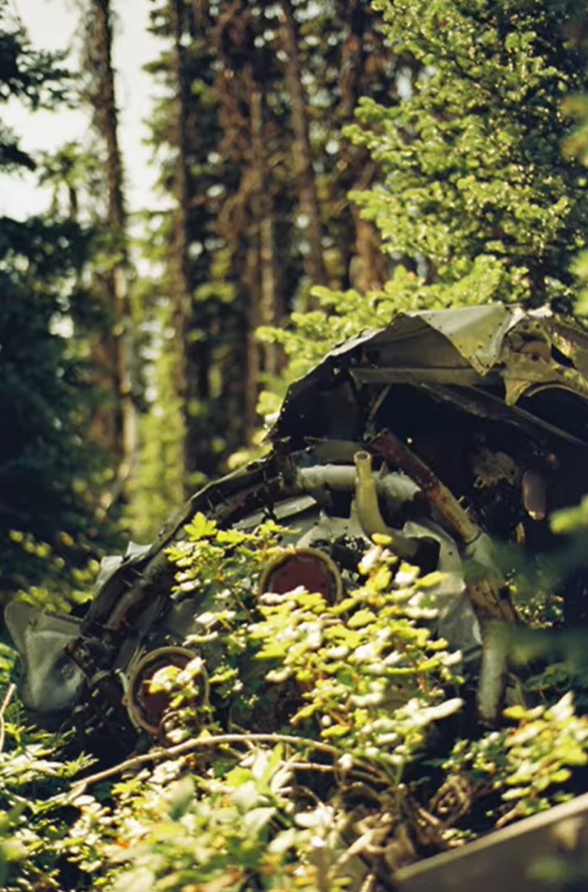

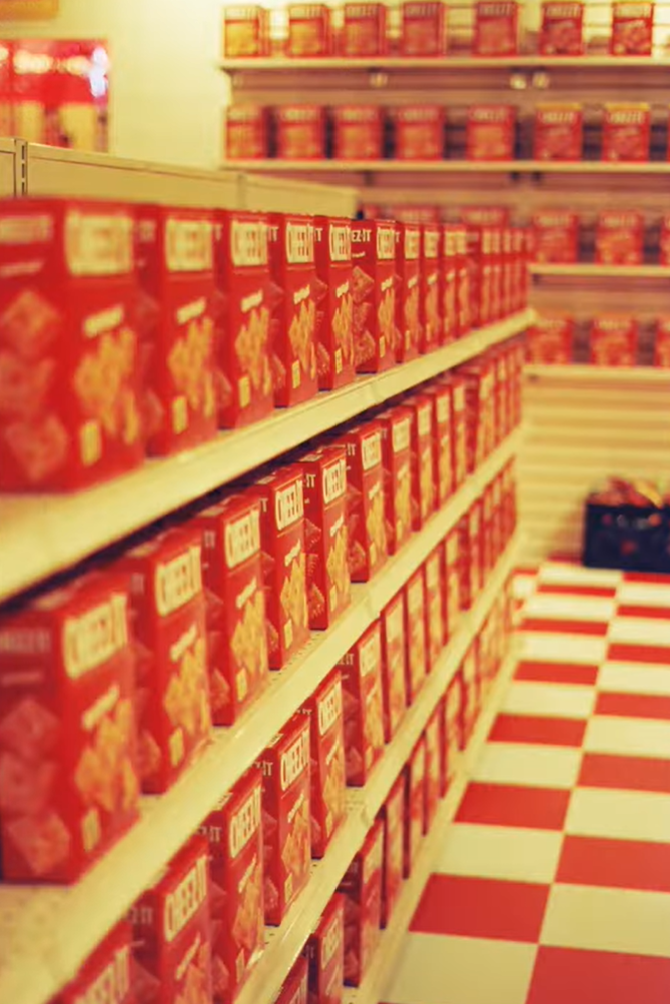
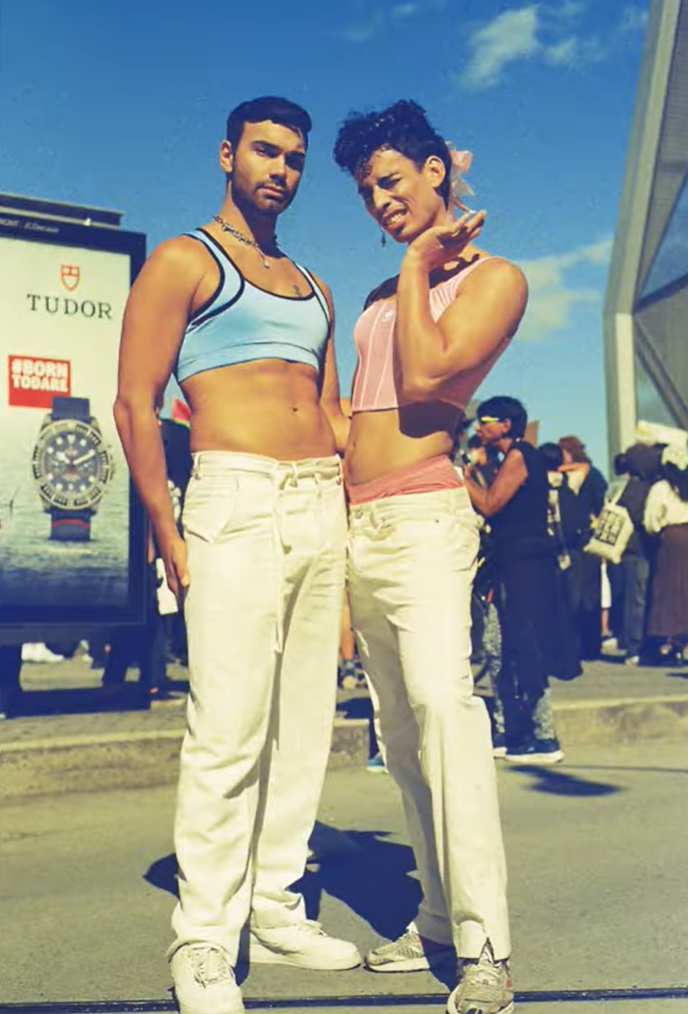

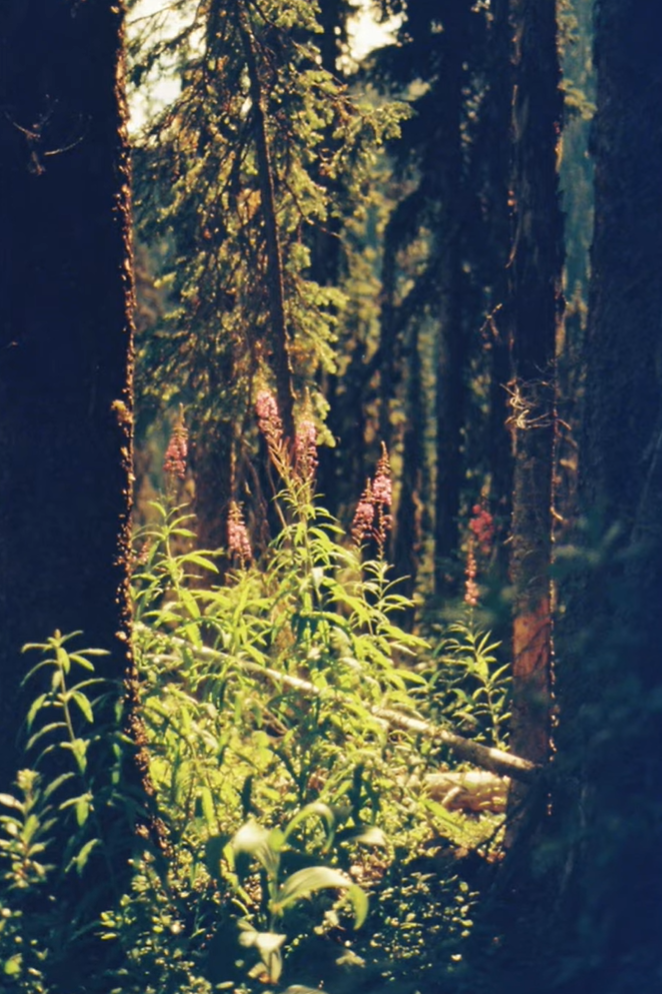
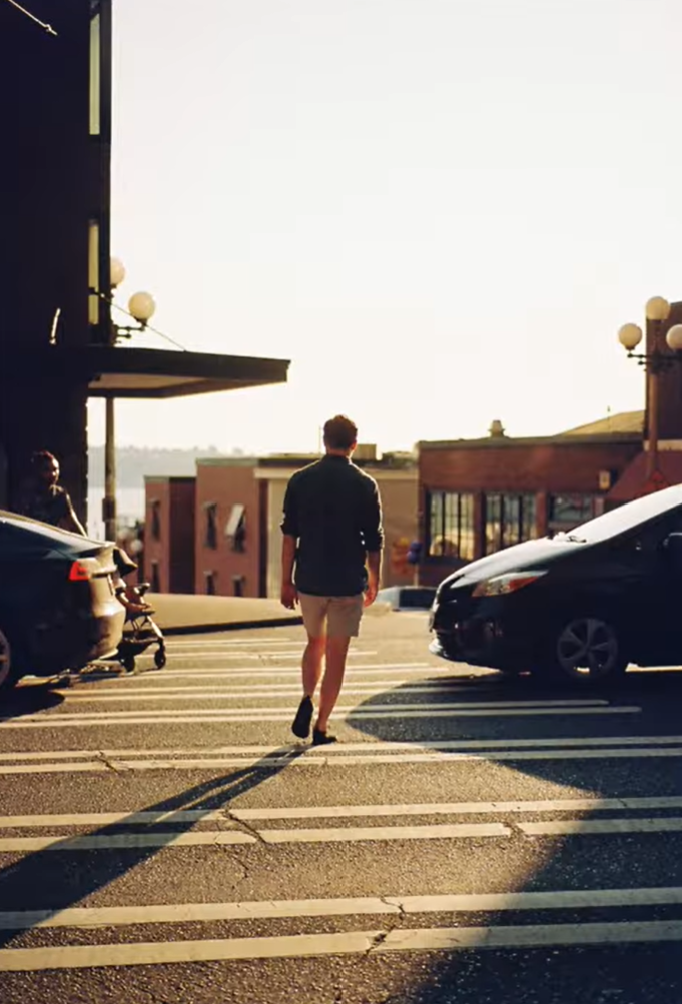
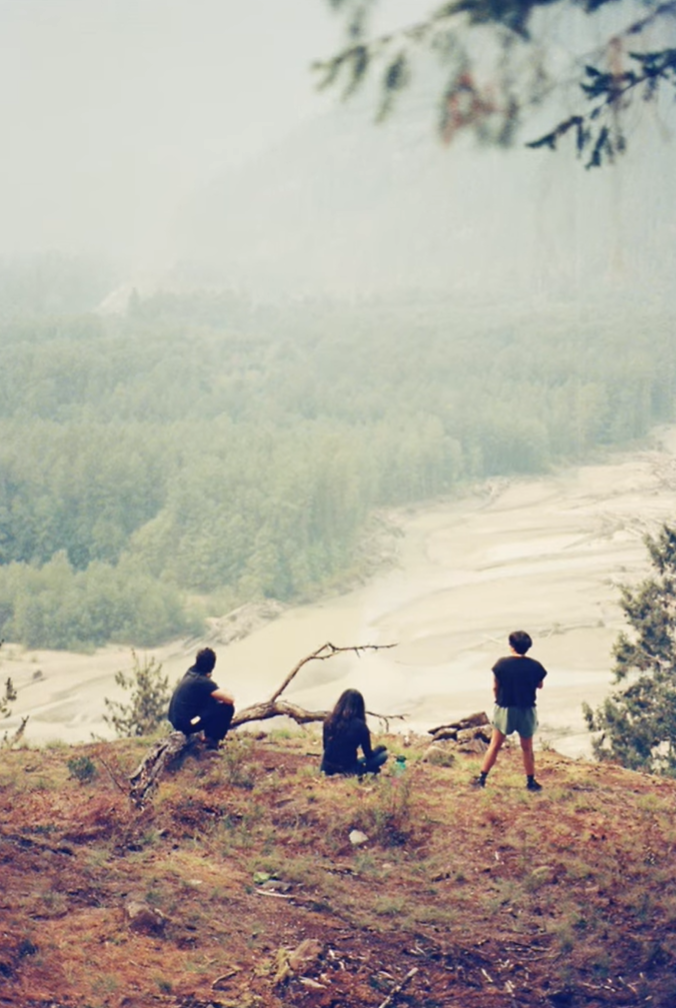
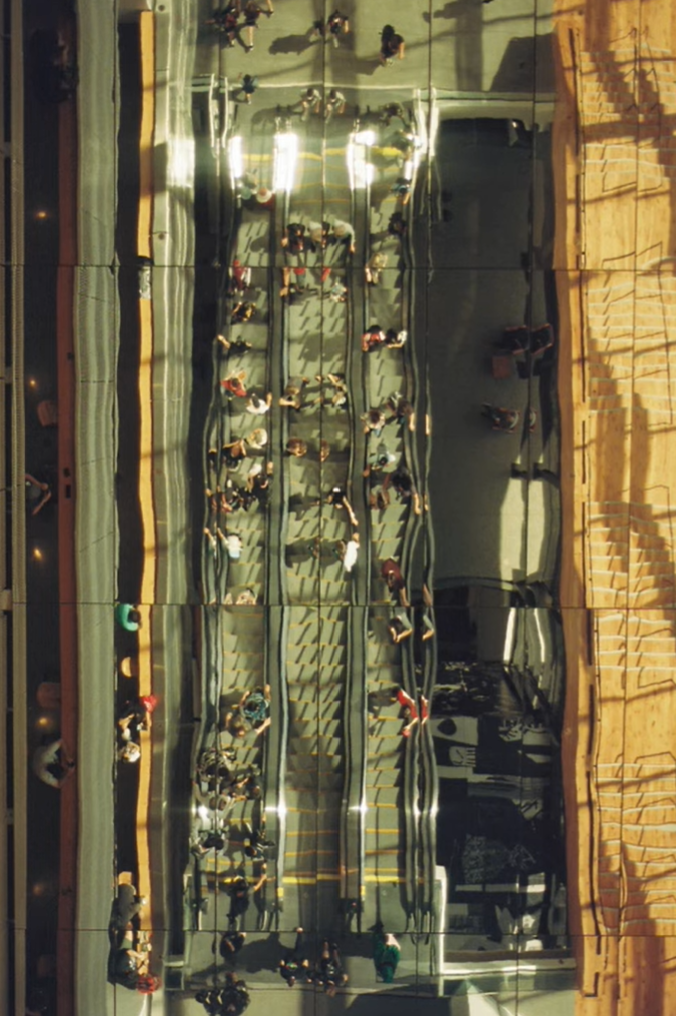
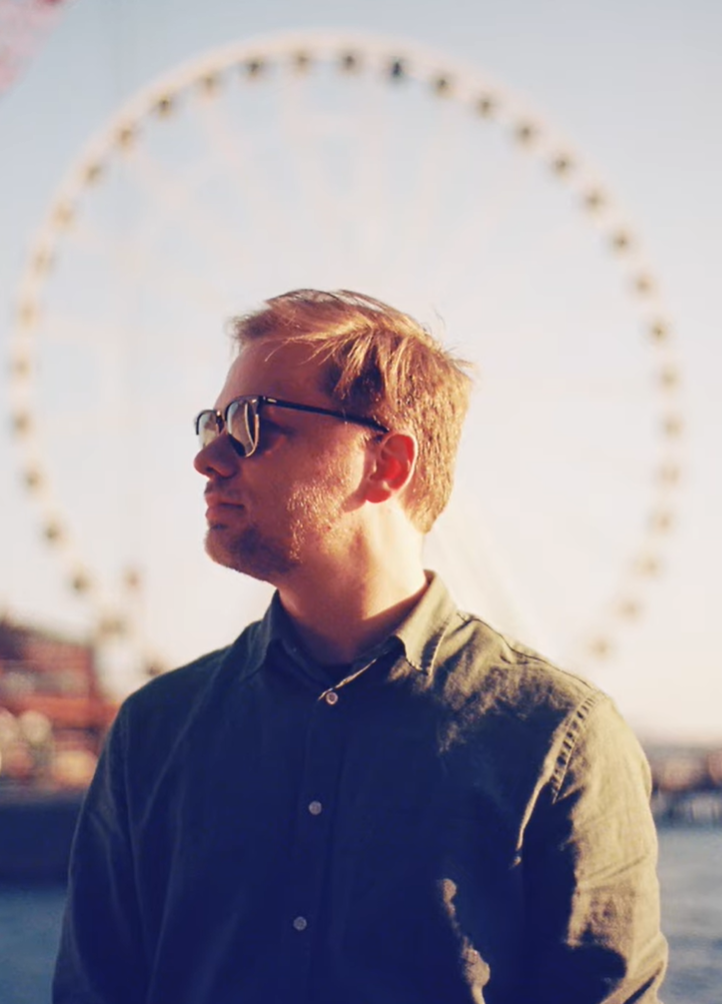
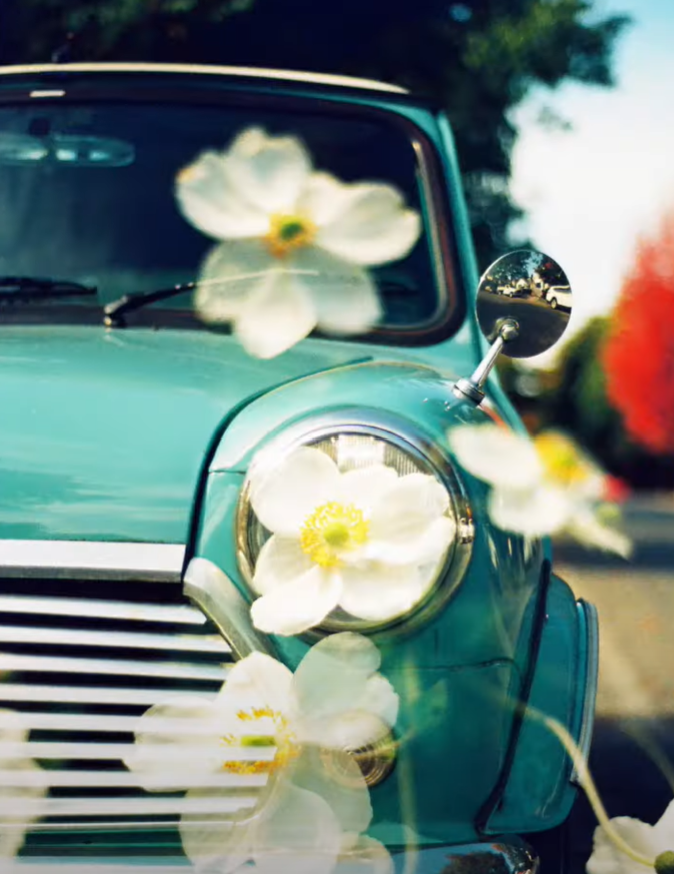
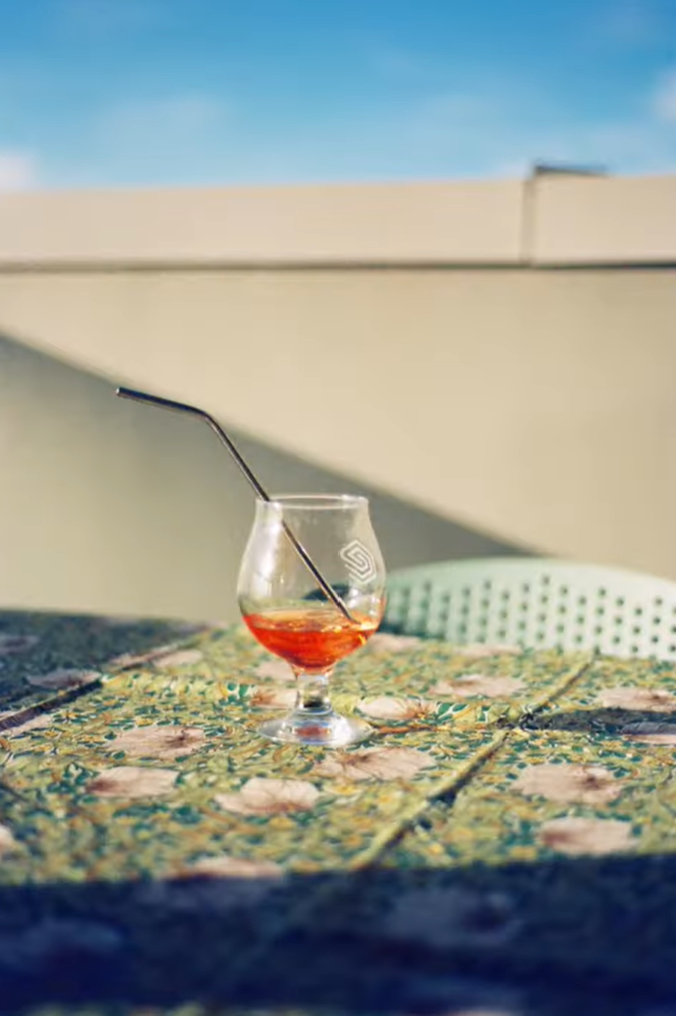
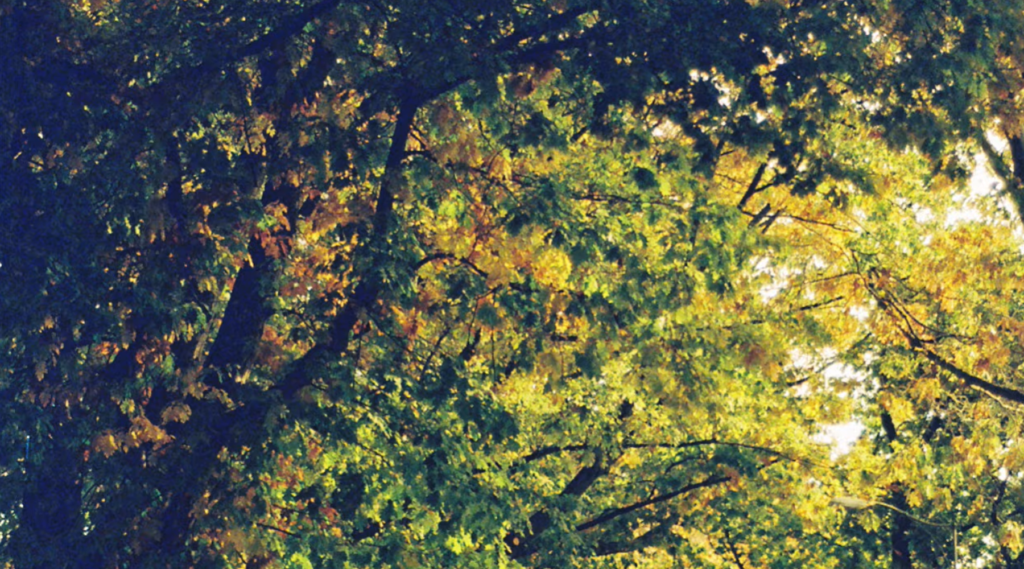
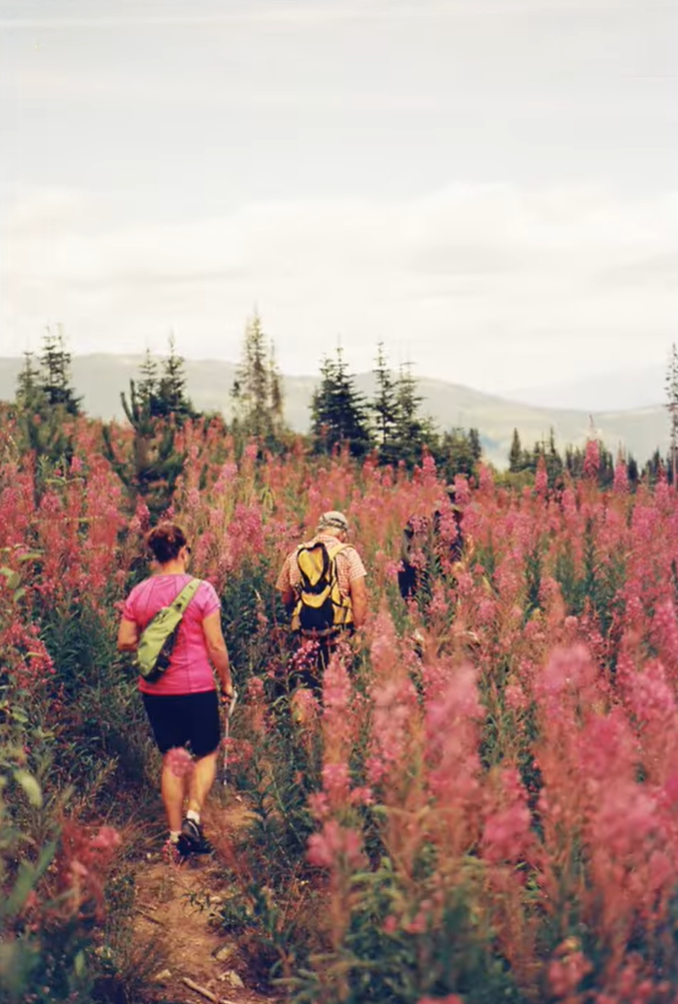
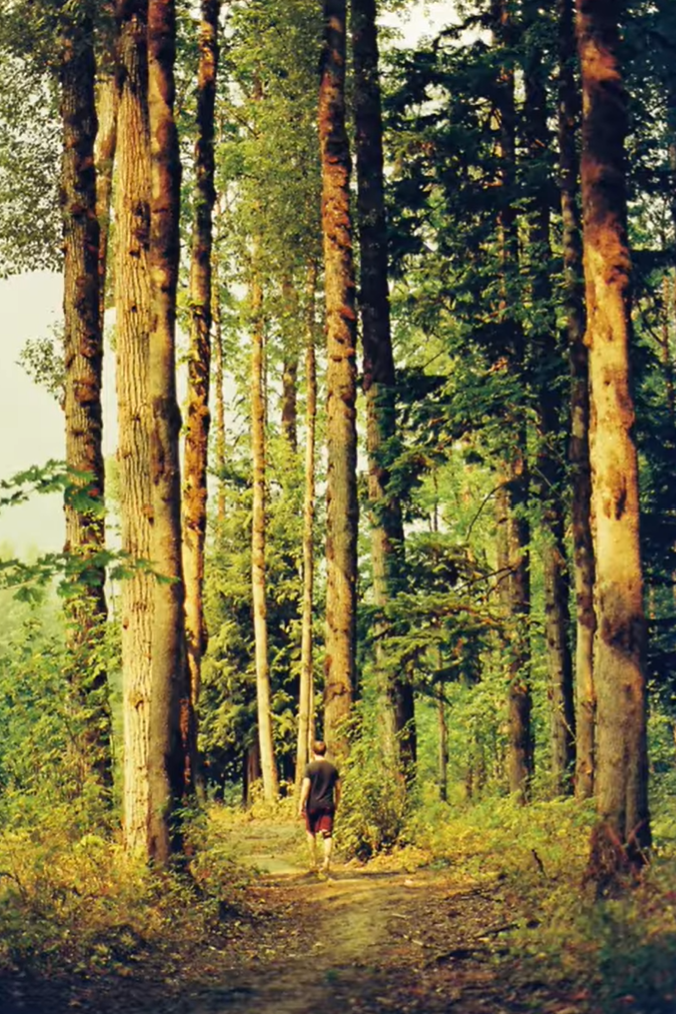
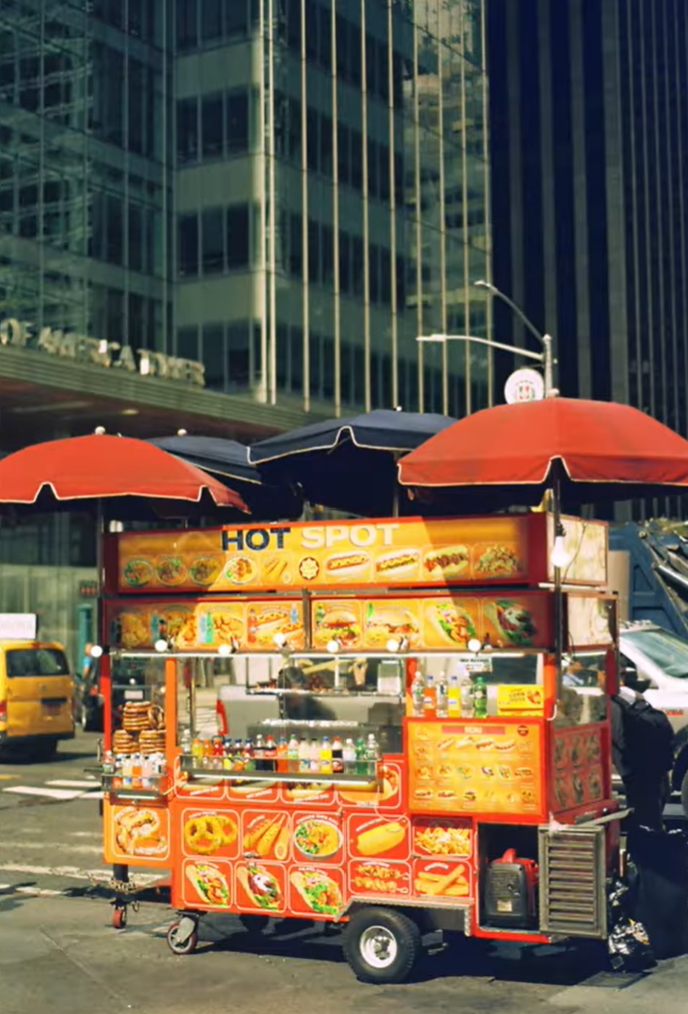
FAQ
What exactly is Kono Delight Film?
Kono Delight Film is a collection of retinted film stocks made by Kono Manufaktur. The firm takes existing film stocks, mostly from Kodak, and “enhances” them by adding unique color tints and effects, creating a film with a unique visual aesthetic. For more details, check out this KONO! Delight Art Film Review.
Is it possible to cross-process Kono Delight Film?
Indeed, you can cross-process Kono Delight Film. However, it’s important to keep in mind that cross-processing can further modify the film’s distinctive color effects, resulting in even more unforeseeable and creative outcomes. If you’re after a genuinely experimental experience, cross-processing Kono Delight Film is a must-try.
Can Beginners Use Kono Delight?
Even though Kono Delight Film provides unique and artistic opportunities, it is also beginner-friendly. The film’s high-quality outcomes and simple development process make it available to photographers of all experience levels. If you’re a novice who wants to try out and discover new creative opportunities, Kono Delight Film is an excellent choice.
Where Can I Purchase Kono Delight Film?
You can buy Kono Delight Film from various online retailers and specialty camera stores. Some popular choices include: Fujifilm C200 review for more options.
B&H Photo Video
Film Photography Store
Moreover, you can also visit Kono Manufaktur’s official website to find a list of authorized retailers and distributors.
By checking out these options, you can find the best place to buy Kono Delight Film and begin playing around with this unique and cool product.
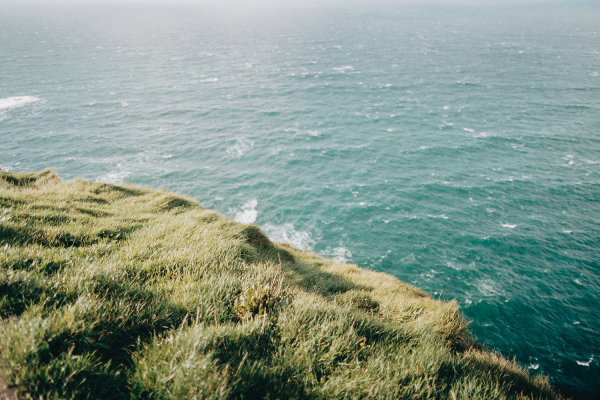



Leave a Reply